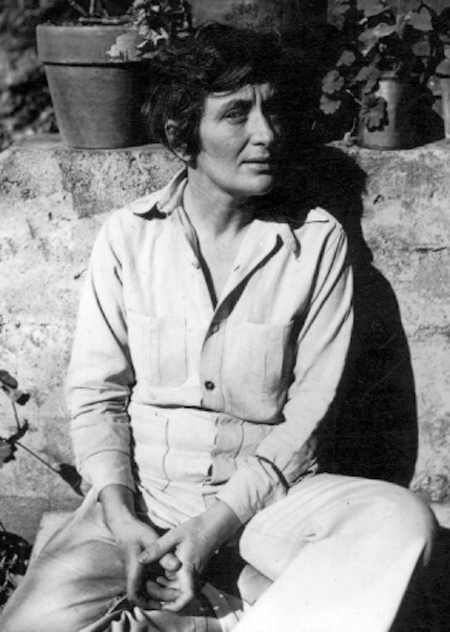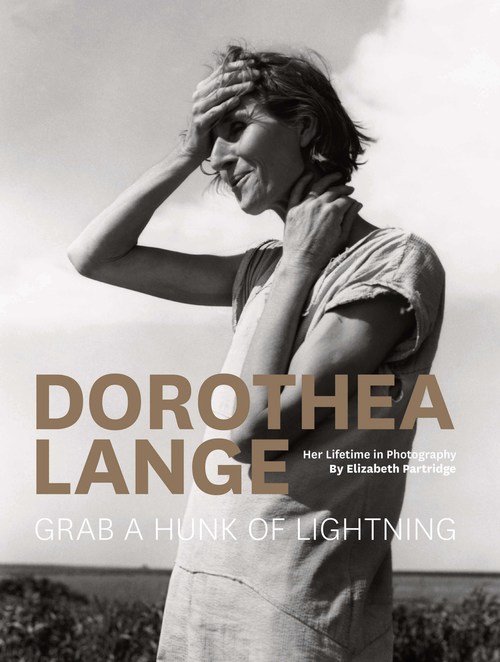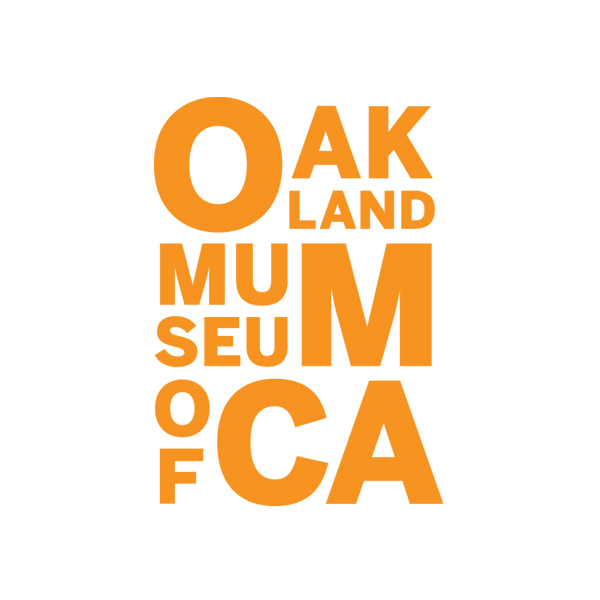
What distinguished Lange’s work was a challenging intelligence and an artist’s eye. Her intelligence allowed her to bypass the exceptional – the merely newsworthy – and discover the typical. Her art gave to her observation an irreducible simplicity, the eloquence of inevitability.
– John Szarkowski, MOMA Press Release, January 25, 1966
Best known for her iconic photograph “Migrant Mother,” Dorothea Lange’s career spanned more than four decades. In 1919 at the age of 23 she daringly opened a portrait studio in San Francisco. Meeting her husband Maynard Dixon, 20 years her senior, exposed her to the bohemian art world and the wild southwest, where she photographed Hopi country.
After living in Taos with Maynard, their two sons and a step-daughter Constance, they returned to San Francisco at the height of the Depression. Stresses on their marriage and livelihood led to their divorce. With the advent of the Great Depression, Lange felt compelled to take her camera out on the streets of San Francisco. The resulting photographs lead to work with the Farm Security Administration as a documentary photographer.
In 1935, Lange married Paul S. Taylor, an economics professor at the University of California with whom she worked with in the field. Taylor and Lange lived, loved and worked together in intense collaboration until her death in 1965.
During WWII, Lange photographed the horrible dislocation and internment of the Japanese Americans. An early environmentalist, she photographed in the ’50’s what she called “The New California”—the massive changes and pressures on the golden state…
Her increasingly poor health led to short bursts of work doing photo-essays for Life and Aperture magazines. On world trips to Asia, South America and Egypt in the late 1950s and early 1960s, she created an extensive, lyrical body of work.
Lange’s final years were astonishingly productive. She continued her photography on American women and on her theme “Home is Where.” Her journal reflected her personal debate over whether she was a craftsman or an artist and whether her efforts to document the human condition should be considered “art”.
Her ultimate effort came when she was dying of an inoperable cancer of the esophagus, in reviewing her life’s work, preparing a retrospective exhibit for the Museum of Modern Art. Her one-person show would be only the sixth dedicated to a photographer and the first ever for a woman photographer.
Despite her painstaking work in selecting images for the exhibit, Lange would not live to see the finished result. She died on October 11, 1965, at age 70, shortly before the MoMA retrospective opened to widespread acclaim.





